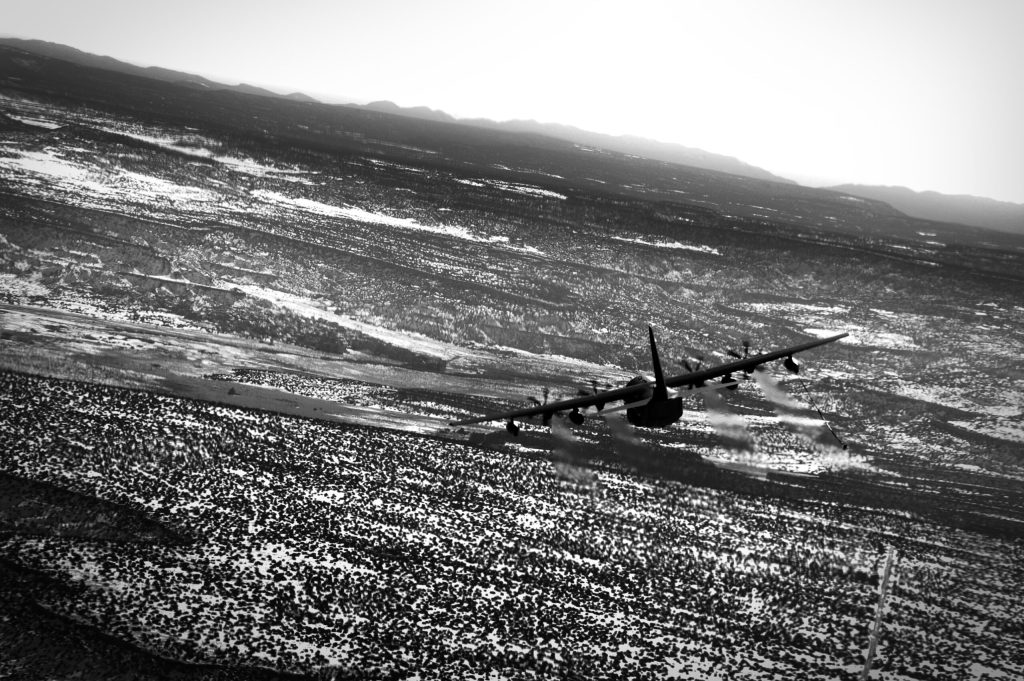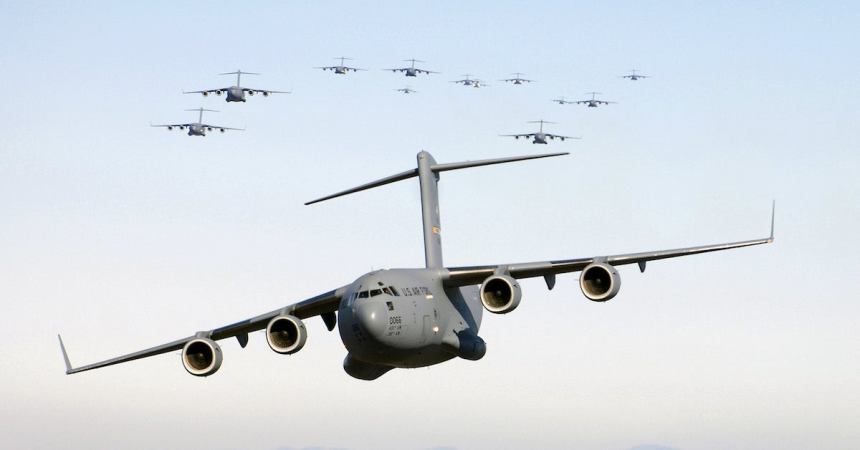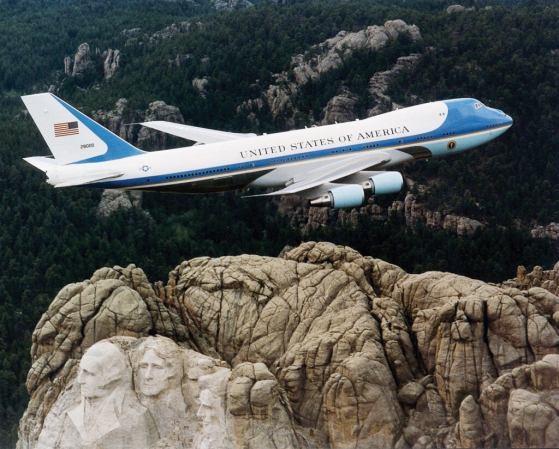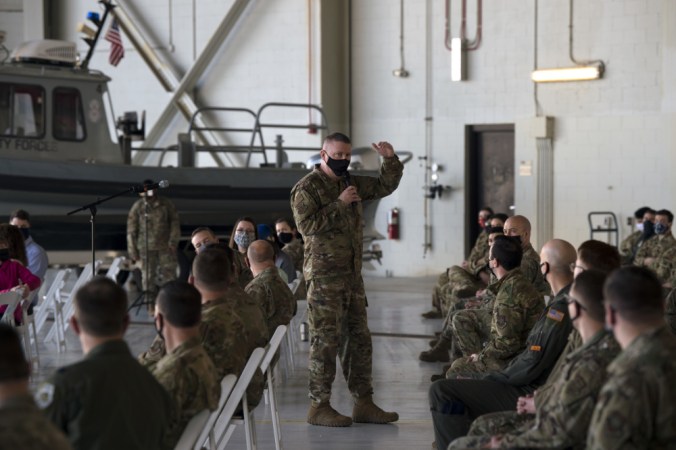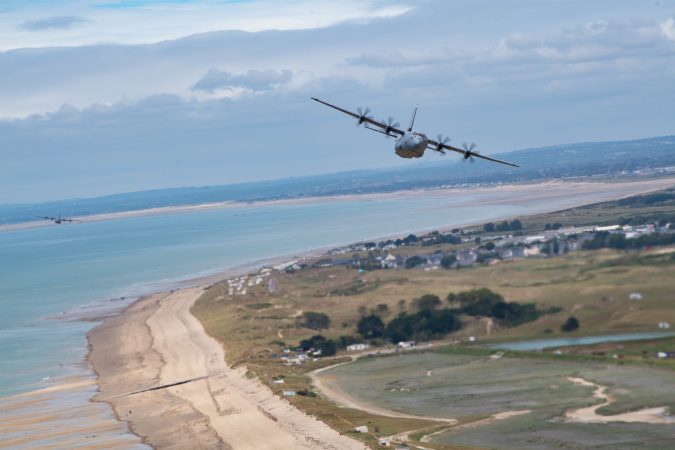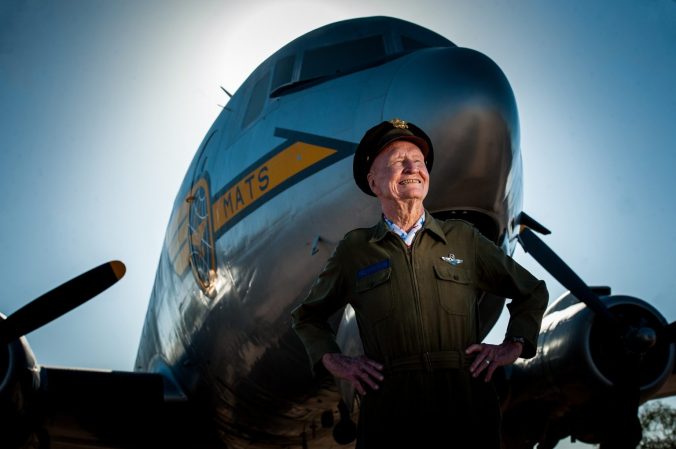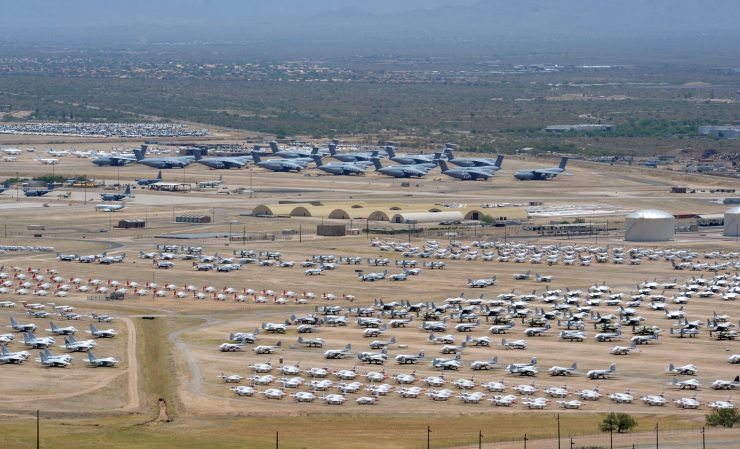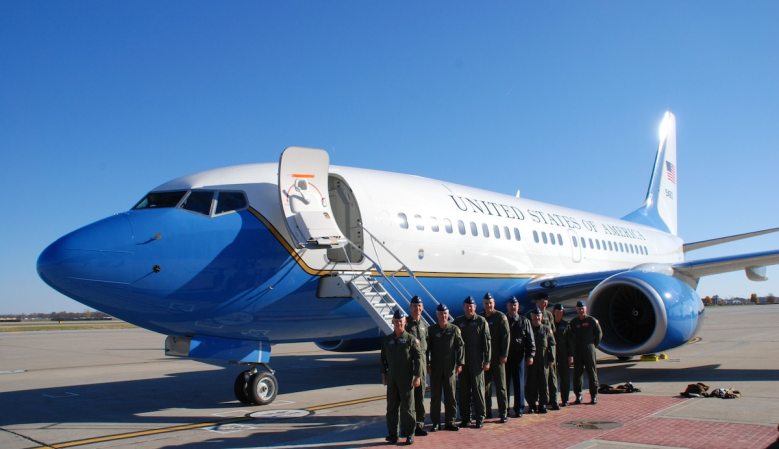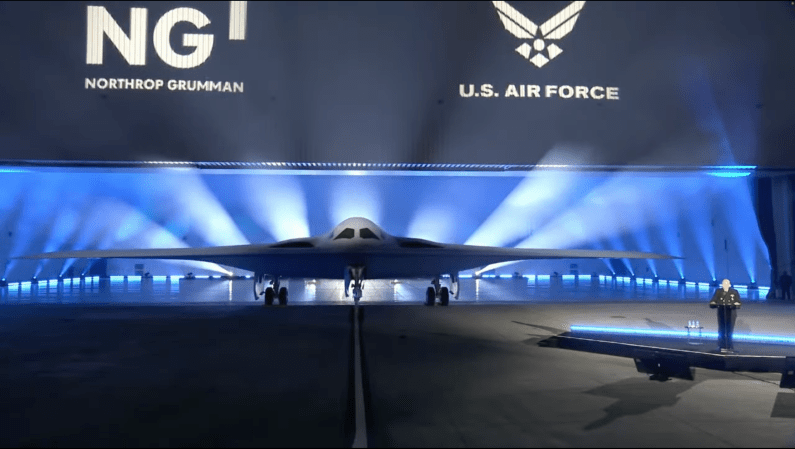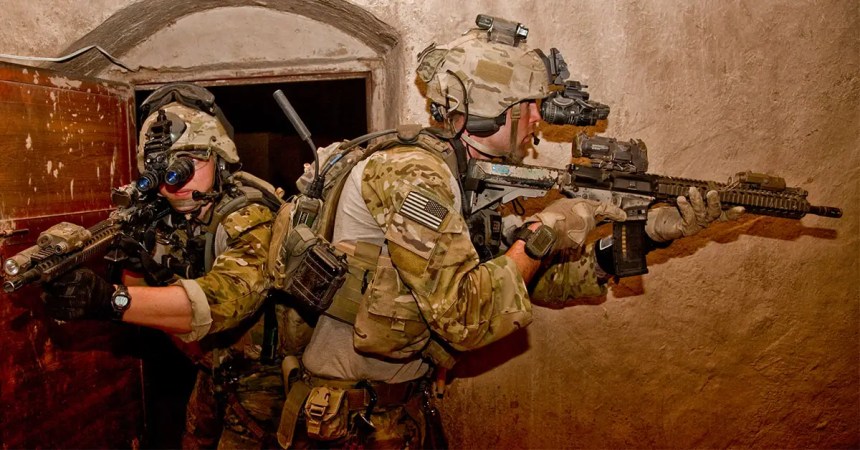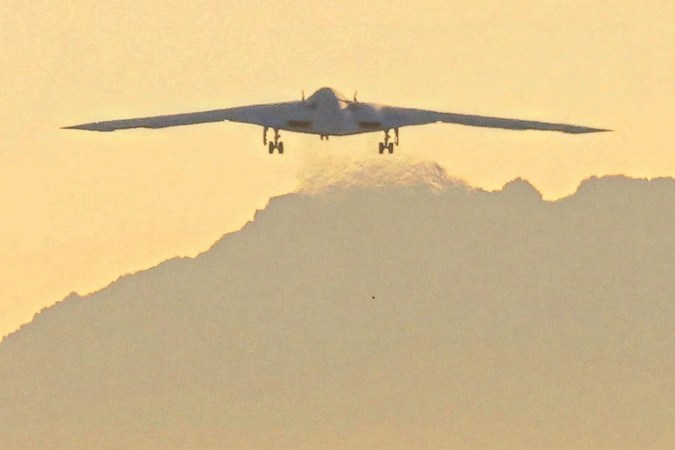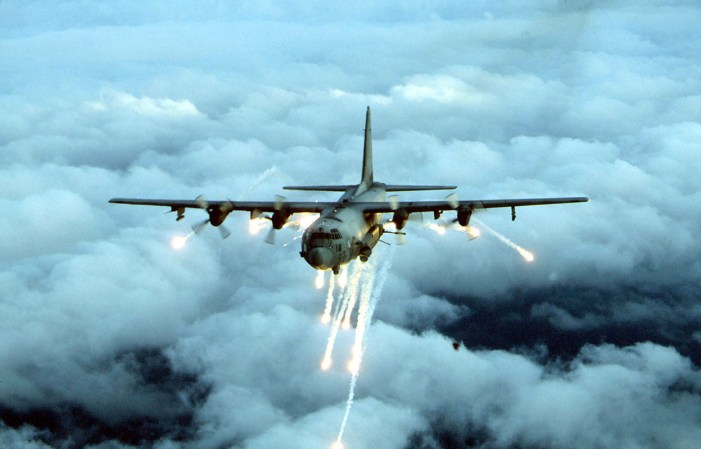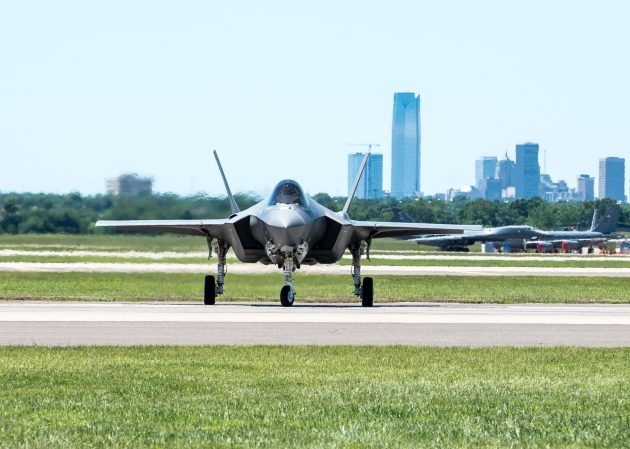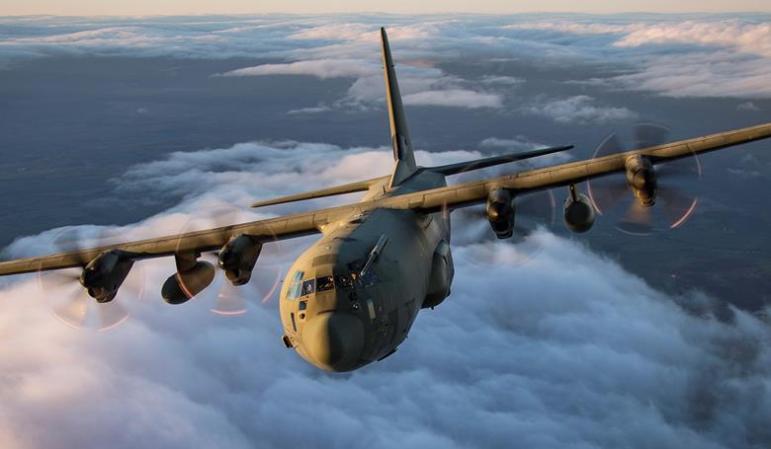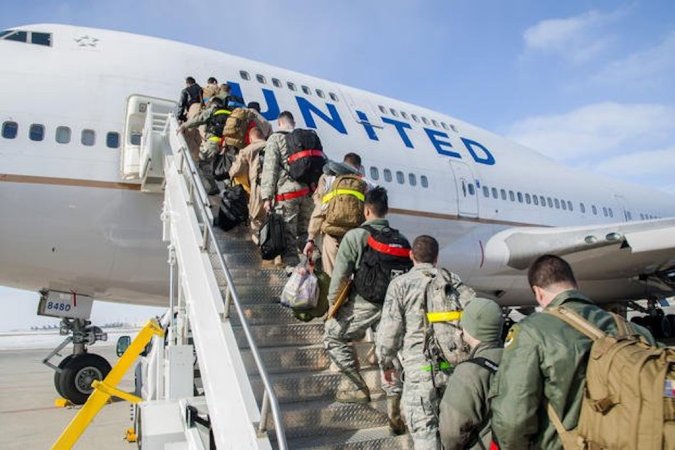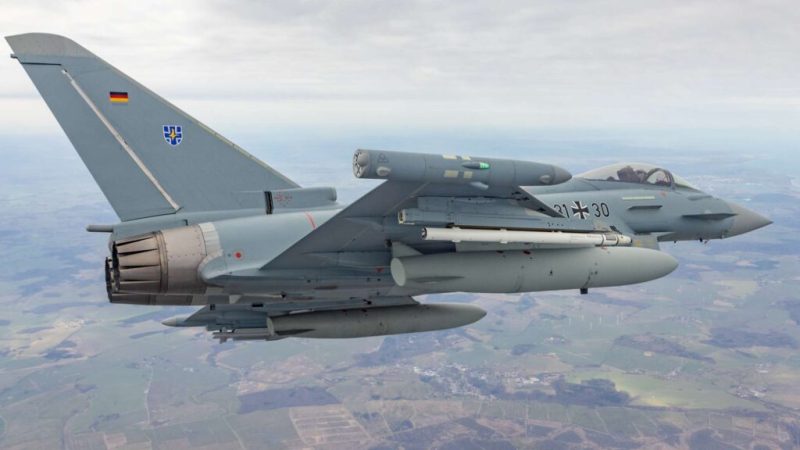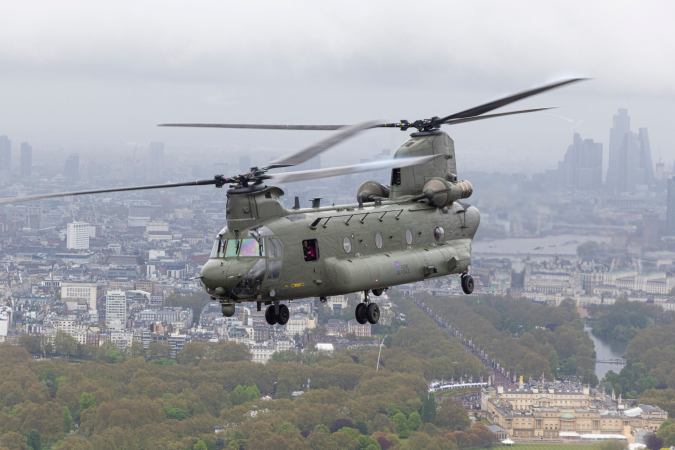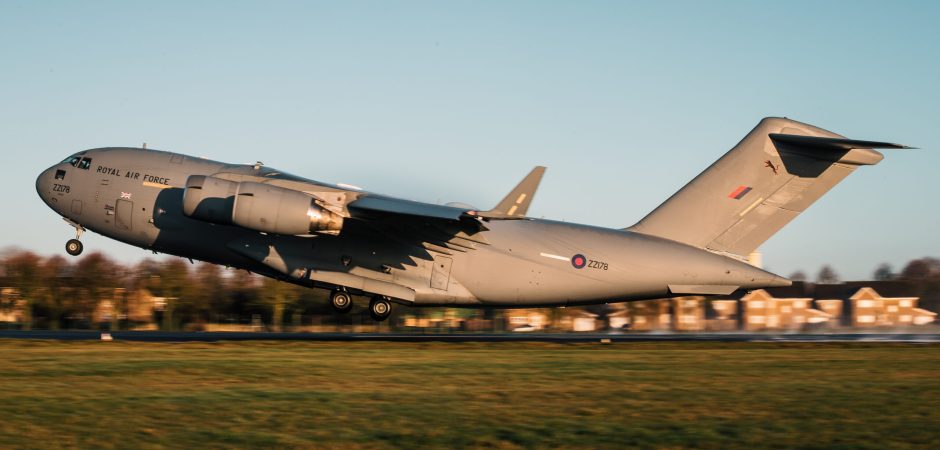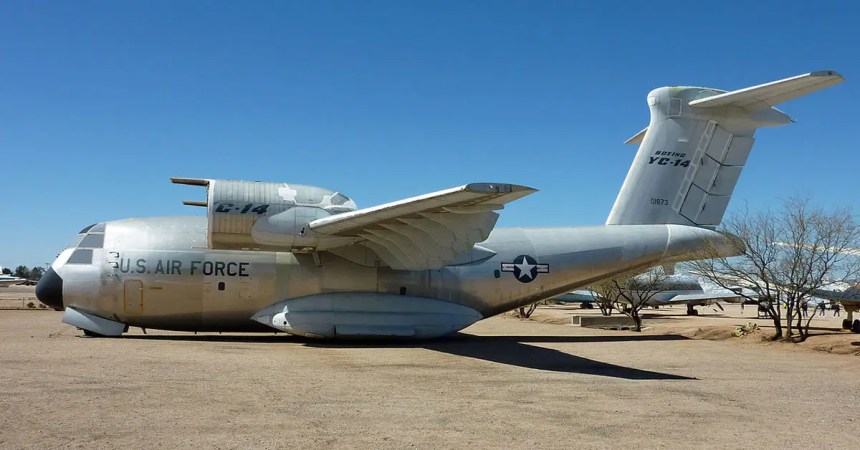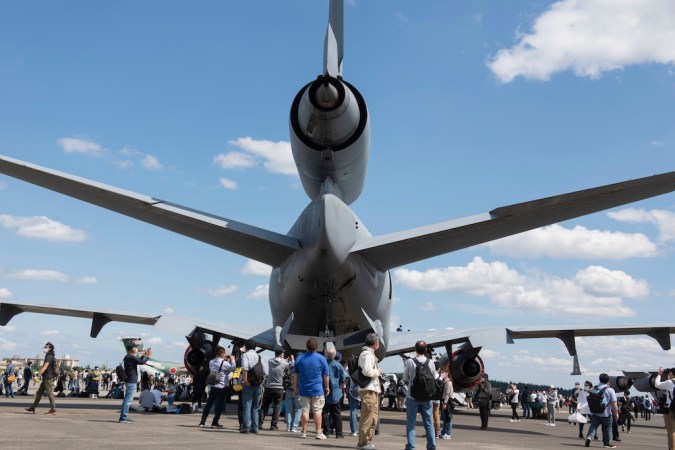On November 9, 2022, two U.S. Air Force Special Operations Command MC-130J aircraft executed the first live fire demonstration of deploying a palletized Joint Air-to-Surface Standoff Missile (JASSM) over the North Atlantic Ocean near Norway’s Andøya Space Defense Range. After being extracted from the C-130’s cargo bay by parachute, the missile shed its pallet, free-falling until its motor ignited. The JASSM then cruised low across the ocean surface at high speed along a pre-designated course until a controlled crash into the ocean was initiated.
This successful demonstration was a validation of the Air Force Research Laboratory’s Rapid Dragon program to airdrop a variety of palletized munitions, all primarily missiles, from unmodified C-130 and C-17 cargo aircraft. Of course, the bigger the aircraft, the bigger a munition it can deploy, or carry more than one palletized package. The November test was, no doubt, a signal to adversaries such as Russia and the People’s Republic of China (PRC), on a variety of levels.
First, the concept potentially turns any of the world’s military C-130 workhorse cargo aircraft into a “bomber.” Over 60 of the world’s air forces operate C-130s, including most NATO allies, with over 2,500 of the aircraft being built since 1954. Almost 300 C-17s are in service with the U.S., Great Britain, Canada, and Australia, and NATO operates three C-17s as part of its multinational Heavy Airlift Wing.
Second, the test location in the far north of NATO-ally Norway, which shares an icy land border with Russia not far away, gave the Russian military an “up close” demonstration of the capability to deploy close to Russia and in the Arctic environment, a region of growing world power competition. For decades, ski-equipped C-130s have continuously operated on ice runways in the Antarctic, making a large frozen lake or sea anywhere in the world a potential operating base, and an air defense planner’s nightmare.
Using cargo aircraft as bombers is not new, but it is rare enough to be novel in its employment. As far back as 1932, the Columbian Air Force modified its three German made Ju-52 tri-motor corrugated aluminum “Iron Annie” cargo aircraft as floatplane bombers during its 1932- 1933 war with Peru.
The recent Norway test was not even the second time the C-130 has been called upon to carry a cargo capable of producing a “big bang.” In April 2017, a U.S. Air Force MC-130 “dropped” the largest non-nuclear bomb in its arsenal, the 21,000 lb. GBU-43/B Massive Ordnance Air Blast (MOAB), also known as the “Mother of All Bombs,” in Afghanistan near the Pakistani border. The target was a large Islamic State (ISIS) operating location in a small, remote mountain valley.
During the Vietnam War, C-130 aircraft routinely deployed 15,000 lb. BLU-82B “Daisy Cutter” bombs, primarily to create helicopter landing zones in dense jungle. C-130s also deployed Daisy Cutters in Desert Storm and Afghanistan.

Not to be left out of the “bomb dropping” game, in 1974 the world’s largest production military airlifter, the C-5 Galaxy, deployed an 86,000 lbs. Minuteman I intercontinental ballistic missile (ICBM) over the Pacific Ocean. After dropping 10,000 feet, the ICBM’s motors ignited and burned for 10 seconds, lifting the rocket vertically for 10,000 feet, demonstrating the feasibility of launching an intercontinental ballistic missile from the air. In 2018, the air forces of Russia and the PRC successfully deployed ballistic missiles from their larger airlifters.
Taking things to further extremes, in the 1970s, the idea of using Boeing 747s, then the world’s largest civilian passenger/cargo aircraft, as airborne aircraft carriers was explored. The basic idea of the airborne carrier was not new, During the 1930s, the U.S. Navy operated two dirigible airships, the USS Akron and Macon with overhead hook-equipped F9C Sparrowhawk fighters. The airships were purpose-built as flying “aircraft carriers,” with a “trapeze” system under the airship for the fighters to hook onto midair and be refueled and serviced in flight. During the glory days of the U.S. Air Force’s long-range nuclear bomber force, the Strategic Air Command explored the idea of using B-36 bombers with modified conventional F-84 Thunderjet and small XF-85 Goblin parasite fighters, using a trapeze system similar to the 1930s airships.
The concept for the 747 Jumbo Jet carrier was comprehensive, if not really practical. Like a giant “Pez” candy dispenser, the 747 was to carry up to 10 jet fighter aircraft internally, some stowed nested at an upward angle. The aircraft would be launched, aerial refuel from a conventional boom mounted on the 747, and recover into a landing bay, not unlike a typical Sci-fi movie space warship.
Of course, no story on cargo bombers would be complete without a nod to the “Candy Bomber” of the 1948 Berlin Airlift, but that is a tale for another time.


